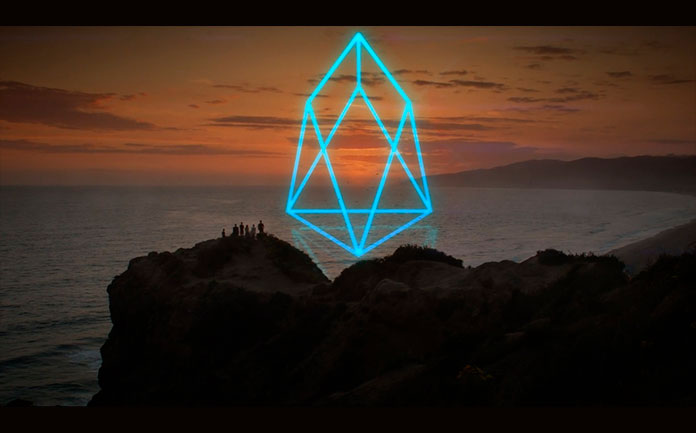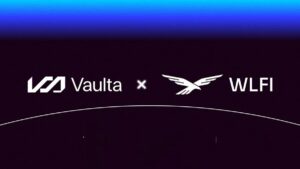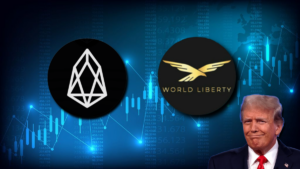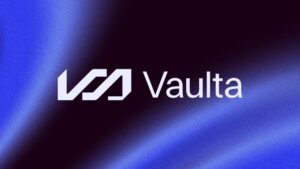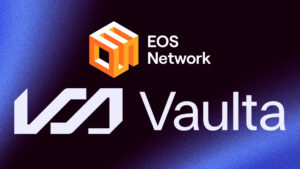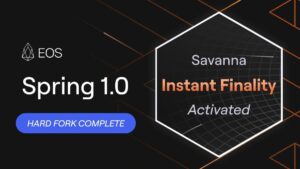The EOS platform was reported to have gone live with some outstanding issues such as the governance structure unresolved. This is why the platform is working on a referendum to formalize some of the controversial issues that have arisen as a result.
EOS in its whitepaper proposed a governance structure unlike any other because the platform wanted to avoid “ad hoc, informal, and often controversial governance processes that result in unpredictable outcomes.” This has made the EOS platform peculiar in that it has a “constitution” and now plans a “referendum” that will in effect empower the constitution among other things.
For instance, the platform has a stash of tokens worth $35 million that is kept untouched. This account called the eosio.savings is meant to fund initiatives that are beneficial to the project. Initiatives such as hiring lawyers and lobbyists, conducting security audits, building new features for the platform and sponsoring summits are to be funded through this account. However, the authorization for the release of such funds lies within a voting system called referendum which has not yet taken effect.
The fact that EOS has no voting system on ground yet has put the network in a quandary. This voting system entails entities casting their votes based on the number of tokens they hold.
The complexity of the EOS system may have been the result of the fact that its whitepaper doesn’t mention a referendum but the constitution on which the network has been operating on explicitly demands it for certain functions such as in the approval of the eosio.saving. Furthermore, in reality the referendum sort of ratifies the present constitution which is still provisional.
EOS has block producer (BP) that protect the network and run things. These are also elected with 21 of them operational. The rest are on standby in case they are needed along the line.

“There was no referendum system built in at launch, so it’s up to us as a community to come together and build that.”
Keyes and a number of other standby BPs are working on the project to build a referendum system for the network.
The worker proposal system is another group proposed by the EOS whitepaper whose responsibility would be the submission of proposals for which token voters will cast votes to approve or reject. This group has already completed the back-end code of the WPS which now awaits the approval from the referendum which is actually a one-token one-vote system.
In the absence of the governance structure, different groups with their opinions are trying to project their ideas on how to get things done.
Orchid Kim, a community builder and a member of the WPS thinks that creating a referendum working system and allocating the eosio.savings funds for projects is the best line of action that’ll help the platform fulfill its potentials.
“We should not rely on Block.one, the block producers or continued volunteerism,” she said, referring to the company that built the EOS code and conducted its ICO.
Not everyone agrees, this is why the EOS referendum system is looked upon as the final solution to streamlining various opinions within the network.


